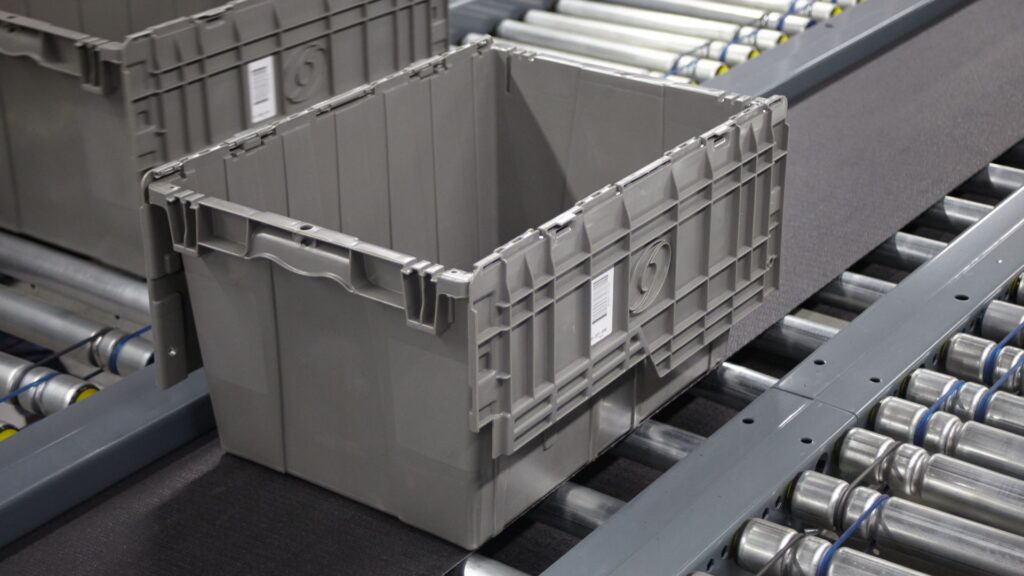With warehouse, distribution and manufacturing automation technology advancing to never-before-imagined levels, the temptation to apply an automated solution to any problem is high, and understandably so. Automated order pickers, storage and retrieval systems, automated guided vehicles and the like can offer facility managers and operators greater labor efficiency, faster order fulfillment, improved accuracy and, ultimately, improved profitability.
But automating even simple processes requires more than just a fleet of automated vehicles or a newly automated line. Some level of alteration to the facility itself will likely be necessary for automated equipment to function to its fullest potential. So before engaging contractors or construction companies, it’s worth taking time to answer a few questions regarding your automation effort.
What problems are you solving?
As with any major initiative, you’ll be happier with the result of your automation effort if all the stakeholders are clear up front on what problems you’re trying to solve. Are you facing a labor shortage? Do you need higher throughput? Do you need to improve order accuracy? Do you need to meet sustainability demands? Automation can play a critical role in addressing these problems and others … as long as everyone agrees on what the critical issues actually are.
Are you getting the most from your current processes?
After determining the end goals for your automation effort, ensuring that your current processes are optimized is one of the most important steps you can take. Optimization helps you see where the opportunities for automation exist, can give you a clearer view of the entire process, and helps engage and involve employees in developing solutions. Along the way, you’ll get a good idea of where choke points are located, where machine and personnel traffic patterns intersect, and how people and equipment move throughout the facility.
What’s your current storage and facility set-up?
ABC slotting, random storage or other types of storage may require different types and levels of automation, so it’s worth considering your current and planned storage system, as well as the dimensions and layout of current and future facilities, as you’re thinking about automating. Adding vertical storage space, for example, may require high-capacity equipment that can reach the top levels of racking. Adding horizontal space? Then very-narrow-aisle equipment could be necessary. And with each type of equipment comes different and specific requirements for the physical facility, so spend some time considering the current layout and any future expansion plans before deciding how automation might fit.
Do you have the bandwidth?
Not just the managerial or the operational bandwidth, but the actual bandwidth. To function at the highest levels, connected automated equipment requires dependable high-speed internet and intranet connectivity. Make sure your IT infrastructure is solid, and that you’ll have enough power to get through each shift.

What are the predominant packaging types?
The pallets and totes that hold and move product throughout your system are critical. Standardized packaging material and sizes can be a big help to an automation effort and can play a supporting role in efforts to meet sustainability goals. Reusable plastic packaging, for example, offers dimensional consistency, and can be precisely molded to meet the requirements of unique systems and applications. Plus, plastic is hygienic and easy to clean, and offers major durability and sustainability advantages over wood pallets or fiber boxes.
Do you have a good partner?
Finally, automation of any type and at any level can involve significant up-front effort and expense. Solid partnerships with packaging suppliers, automation consultants and suppliers, and construction contractors will help ensure you get the most from your automation investment.
